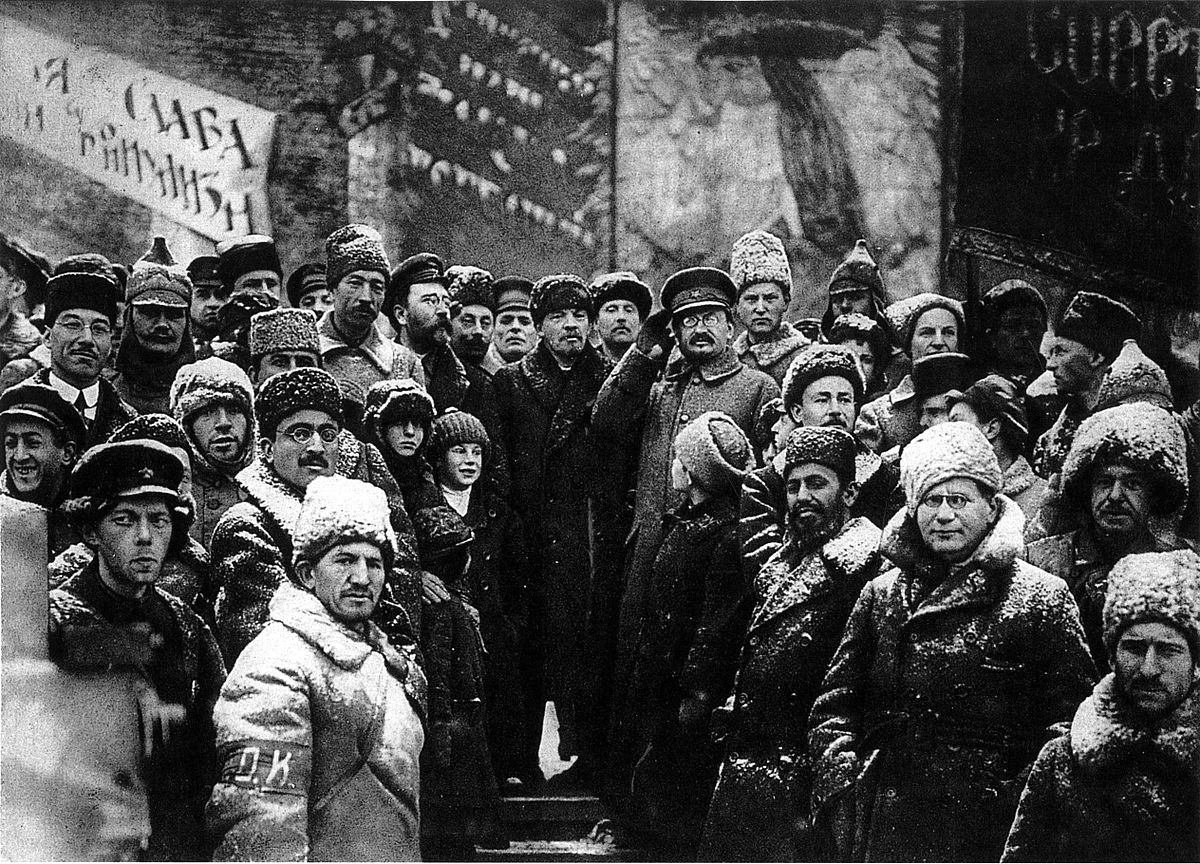Introduction
This is, perhaps, the most remarkable piece of political writing the Revolution has produced. Written early in 1906, after the great upheavals of the fall of 1905, at a time when the Russian revolution was obviously going downhill, and autocracy, after a moment of relaxation, was increasing its deadly grip over the country, the essays under the name Sum Total and Prospectives (which we have here changed into a more comprehensible name, Prospects of Labor Dictatorship) aroused more amazement than admiration. They seemed so entirely out of place. They ignored the liberal parties as quite negligible quantities. They ignored the creation of the Duma to which the Constitutional Democrats attached so much importance as a place where democracy would fight the battles of the people and win. They ignored the very fact that the vanguard of the revolution, the industrial proletariat, was beaten, disorganized, downhearted, tired out.
The essays met with opposition on the part of leading Social-Democratic thinkers of both the Bolsheviki and Mensheviki factions. The essays seemed to be more an expression of Trotsky’s revolutionary ardor, of his unshakable faith in the future of the Russian revolution, than a reflection of political realities. It was known that he wrote them within prison walls. Should not the very fact of his imprisonment have convinced him that in drawing a picture of labor dictatorship he was only dreaming?
History has shown that it was not a dream. Whatever our attitude towards the course of events in the 1917 revolution may be, we must admit that, in the main, this course has taken the direction predicted in Trotsky’s essays. There is a labor dictatorship now in Russia. It is a labor dictatorship, not a “dictatorship of the proletariat and the peasants.” The liberal and radical parties have lost influence. The labor government has put collective ownership and collective management of industries on the order of the day. The labor government has not hesitated in declaring Russia to be ready for a Socialist revolution. It was compelled to do so under the pressure of revolutionary proletarian masses. The Russian army has been dissolved in the armed people. The Russian revolution has called the workingmen of the world to make a social revolution.
All this had been outlined by Trotsky twelve years ago. When one reads this series of essays, one has the feeling that they were written not in the course of the first Russian upheaval (the essays appeared in 1906 as part of a book by Trotsky, entitled Our Revolution, Petersburg, N. Glagoleff, publisher) but as if they were discussing problems of the present situation. This, more than anything else, shows the continuity of the revolution. The great overthrow of 1917 was completed by the same political and social forces that had met and learned to know each other in the storms of 1905 and 1906. The ideology of the various groups and parties had hardly changed. Even the leaders of the major parties were, in the main, the same persons. Of course, the international situation was different. But even the possibility of a European war and its consequences had been foreseen by Trotsky in his essays.
Twelve years ago those essays seemed to picture an imaginary world. Today they seem to tell the history of the Russian revolution. We may agree or disagree with Trotsky, the leader, nobody can deny the power and clarity of his political vision.
M. Olgin
1918
Note by MIA editors: The chapter Prospects of a labor dictatorship contains an abridged version (a couple of chapters are missing) of the book Results and Prospects. Since the book has already been transcribed in its entirety, we see no point in transcribing the abridged version too.

